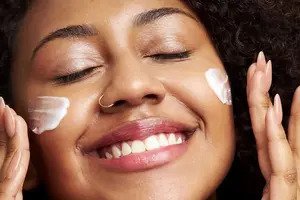
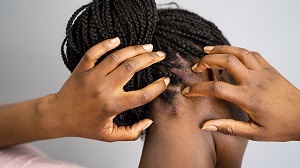
Psoriasis is a chronic autoimmune skin condition that causes the rapid buildup of skin cells, leading to the development of thick, red, scaly patches on the skin. While there is no cure for psoriasis, several treatment options can effectively manage the symptoms and improve the quality of life for individuals with this condition. The choice of treatment depends on the…
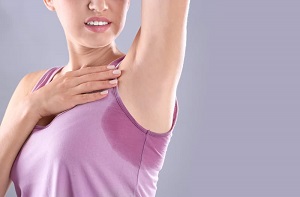
Hyperhidrosis is a condition characterized by excessive sweating beyond what is necessary to regulate body temperature. It can significantly impact a person’s quality of life, but fortunately, there are treatment options available. Here are some common treatments for hyperhidrosis: Antiperspirants: Over-the-counter or prescription-strength antiperspirants containing aluminum chloride can be applied to the affected areas to reduce sweating. These are commonly…
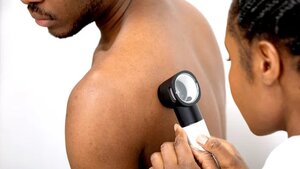
Skin cancer screening is a process that involves examining the skin for signs of skin cancer or suspicious skin lesions. The purpose of screening is to detect skin cancer at an early stage when it is most treatable. Regular screenings are particularly important for individuals who have a higher risk of developing skin cancer, such as those with a family…
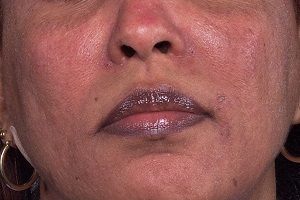
Rosacea is a chronic skin condition that primarily affects the face, causing redness, visible blood vessels, and sometimes pimples or bumps. While there is no known cure for rosacea, there are various treatment options available to manage its symptoms and minimize flare-ups. Here are some common treatments for rosacea: Topical Medications: Prescription topical creams or gels, such as metronidazole, azelaic…
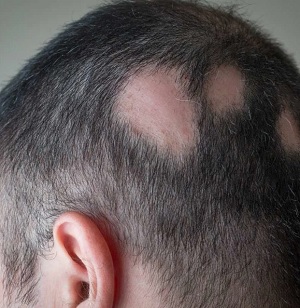
Hair loss can have various causes, including genetic factors, hormonal changes, nutritional deficiencies, medical conditions, and certain medications. The treatment for hair loss depends on the underlying cause and can vary from person to person. Here are some common treatment options for hair loss: Medications: Minoxidil: Also known as Rogaine, minoxidil is a topical medication that is available over the…

Acne is a common skin condition that occurs when hair follicles become clogged with oil and dead skin cells. It can manifest as whiteheads, blackheads, pimples, or cysts, and can affect various parts of the body, including the face, neck, chest, back, and shoulders. While the severity and underlying causes of acne can vary, there are several treatment options available.…
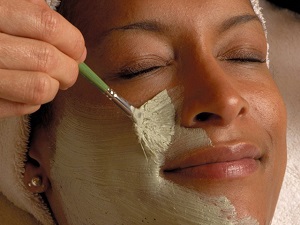
Chemical peels are cosmetic procedures used to improve the appearance of the skin by applying a chemical solution to the skin, which causes controlled exfoliation and removal of the outer layers. This process stimulates skin cell turnover, leading to smoother, more even-toned skin and a reduction in various skin concerns. Here are some key points about chemical peels: Types of…
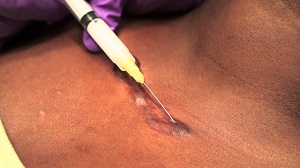
Intralesional injections are a treatment method used in dermatology to deliver medication directly into a specific skin lesion or affected area. This technique involves injecting a medication into or just below the surface of the skin to target a localized problem. Intralesional injections are commonly used for a variety of dermatological conditions, including: Acne cysts: Intralesional injections of corticosteroids can…
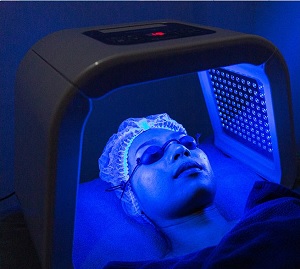
Photodynamic therapy (PDT) is a medical treatment that utilizes a photosensitizing agent and a specific wavelength of light to selectively target and destroy abnormal cells or tissues. It is commonly used in dermatology to treat various skin conditions, including certain types of cancer, precancerous lesions, acne, and photodamage. Here are some key points about photodynamic therapy: Procedure: The photodynamic therapy…
